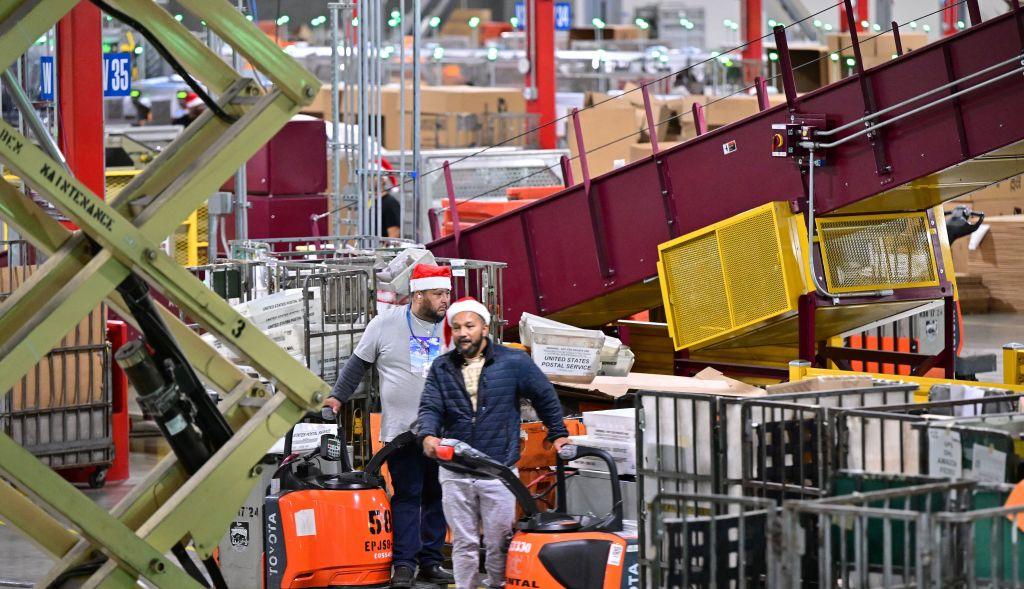Industrial real estate in California is the best-performing sector in the commercial industry, according to the recently released summer edition of the biannual collaboration between real estate law firm Allen Matkins and the University of California–Los Angeles’s (UCLA) Anderson School of Management.
The California Commercial Real Estate Survey (pdf) questions commercial property owners, developers, financiers, and investors about market insights and their sentiment looking three years into the future.





